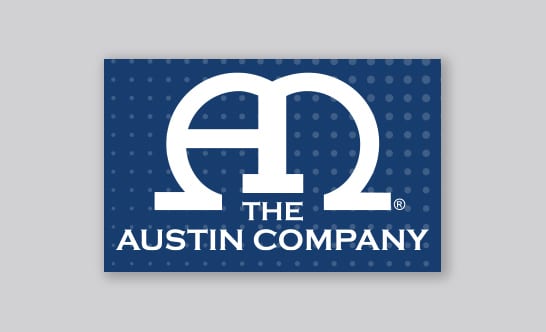Supply chain - Part 2
Who Should See What?
Tracking Distribution Through Data:
Today’s tracking tools can produce a lot of data, but the challenge is to provide the right data to users and to regulatory bodies.
Sophisticated data/system integrations: This is another capability that is key for today’s modern ERP providers, but still to an extent, underestimated, says IFS’s Slowik. IFS Cloud comes with open Rest APIs allowing food and beverage manufacturers to easily integrate with other systems, for instance LIMS and/or systems that might allow them to trace “further” beyond the one step forward/backward in the supply chain.
While software interconnectivity can be achieved to its fullest, Icicle’s Burton suggests it still comes down to people. “The key to successful traceability is to ensure that your systems don’t silo traceability data [by those responsible for managing it] in one part of your company. Organizational change is 60% of any technology initiative; if workers aren’t in the habit of recording data, it’s really hard to change that culture. You need to sell the workforce on adopting new ways of doing things, and the best way to do that is to make their job easier. That’s what we do, we try to improve worker’s day-to-day lives.”
Make your own healthy salad, but do you know where all the ingredients came from? Chances are each ingredient has its own story to tell—but what if one of them is contaminated with a pathogen? FDA hopes to make each ingredient’s origin traceable quickly via modern technology. Image courtesy of Silvia from Pixabay
by Wayne Labs, Senior Contributing Technical Editor

Established in 2020, FDA’s New Era of Smarter Food Safety blueprint outlines achievable goals to enhance traceability, improve predictive analytics, respond more rapidly to outbreaks, address new business models, reduce contamination of food and foster the development of stronger food safety cultures. Image courtesy of the FDA
Compensating for Different Supply Chain Software Systems
If a fresh produce distributor is using one supply chain system (may be part of ERP or food safety system), and the grower something else, then how does the buyer of these fresh products pass along this grower information to the next distributor or food processor, especially when supply chain participants are not using the same ERP or food safety management system? Does this require special programming? Couldn’t a fresh produce distributor find itself with lots of programming issues as it seeks to sell to multiple customers?
“The short answer to the first part of the question is that you shouldn’t even try,” says Burton. “The last thing that a distributor is ever going to do is share information on their suppliers with their customers, nor is it reasonable to expect that customer to maintain data that isn’t their direct concern. Mix into that problem the linguistic and technological diversities that abound in the global supply chain with the high costs of integrations, and you have the perfect recipe for failure.”

The openFDA food enforcement reports API returns data from the FDA Recall Enterprise System (RES), a database that contains information on recall event information submitted to FDA. Currently, this data covers publicly releasable records from 2004 to present. The data is updated weekly. Programmers can write APIs and graphics to suit the needs of their users. Image courtesy of the FDA
On the second question, Burton says the only viable solution is to require, at a regulatory level, everyone involved in the supply chain to expose a standardized API that can be called upon by the regulators to query a particular product when needed. This would allow them to piece together a single traceability chain upon demand, one step at a time. If there were an outbreak of foodborne illness that was traced to a salad, for example, the supplier of that salad could be queried for their one-step backward information. The produce suppliers disclosed in that query could then be queried in the same manner with the process continuing until the farms where the lettuce was grown are identified.
Note that this is essentially the same process that regulators use today, except they do it all manually, adds Burton. “Adding a standardized API infrastructure to automate the process would be highly effective, especially if augmented by AI. This is in contrast to requiring the last step in the supply chain to have all the traceability information for the entire supply chain immediately on hand at all times for all products, which is a crazy idea with no hope of success.”

Barcode scanning equipment used to track products through a manufacturing plant and warehouse are getting easier to use—such as this wearable Model DuraScan Wear DW940 1D/2D barcode scanner from Socket Mobile. The unit fits like a glove and allows both hands to be free for workers. Image courtesy of Socket Mobile
“The FDA with the FSMA 204 regulation and GS1 with the Global Traceability Standard have defined a common data structure for the industry,” says Infor’s Koks. Blockchain would help the growers, distributors and food processors by sharing the information from their own distributed ledger with the distributed ledger of their customers, and from there via an interface with the customers’ ERP or track and trace platform. Parties in the food supply chain can get the information in their distributed ledger through an interface with their ERP, via file upload or mobile app, says Koks.
“The sending and receiving of logistics data between supply chain partners can always be tricky,” says SafetyChain’s Cohn. “There will always be different systems and methods between retail and supply chain partners, and there are multiple ways to account for that. But it only matters if you use a unified data structure such as the GS1-28 standard. If you are moving—or planning on moving—products at scale, the only way to exchange logistics effectively between partners is by using GS1-28.”
Building Blocks to the Future
While emerging technologies point to a much-improved tracking system for food products, collecting data for data’s sake and to provide for multi-step tracking within the supply chain may be counterproductive. However, My Trusted Source’s Shaw lists five emerging technologies that can help provide multi-step tracing capabilities: blockchain technology, internet of things, RFID technology, AI and mobile applications.

Even smaller than a “glove scanner,” the Newland EMEA WD4 ring scanner is specifically designed for easy scanning of 1D and 2D barcodes with a simple press of the thumb. Its adjustable strap ensures a secure fit on the user’s finger, even during rigorous tasks. With Bluetooth 5.0 connectivity, the unit works with Android mobile computers, tablets, PCs, smartphones, as well as iOS and Windows devices. Image courtesy of Newland EMEA
“Overall, the future of track and trace technologies is moving toward interconnected systems that can provide real-time and multi-step tracing capabilities,” says Shaw. “This will not only improve traceability, but also enhance food safety, reduce food waste and build consumer trust in the food supply chain.”
“I can’t wait to see how well this statement ages, but as I sit here and write this, I genuinely believe the future of track and trace technology does not belong to one company or method,” says SafetyChain’s Cohn. “Traceability comes down to good organization between all the software systems and best practices within your organization. We have to let go of siloed software systems and pen-and-paper processes. All of your systems need to work together, like a symphony, to provide the visibility you need up and down your supply chain and within the four walls of your manufacturing environment.”
“We believe that multi-enterprise track and trace will become more and more important not only for food safety reasons, but also to pass on accurate and trustworthy scope 3 greenhouse gas emissions,” says Infor’s Koks. “Over time the number of data elements will grow with additional sustainability information, such as water withdrawals, use of fertilizers and pesticides, etc. Because of this, automation of data exchange and an expandable data structure are key.”
Blockchain for Product Tracking? An Alternative View
The distributed nature of blockchain ledgers is also one of blockchain’s biggest problems. While supply chain transparency is generally good in theory, it can come into conflict around the perception of sharing proprietary commercial information that companies do not want to disclose. If a supplier is selling to me, and they’re a distributor, they do not want to disclose their suppliers because I might then go to their supplier directly and cut them out. Especially now, with widely available AI tools that can sort through enormous amounts of data in seconds. Can you imagine a brand like KFC sharing their whole supply chain? With all of that data, someone could probably figure out Colonel Sanders’ secret recipe in milliseconds. To illustrate the seriousness of this concern, we had to put in a top-secret switch in Icicle software formulas because our customers don’t even want to share their secret recipes with their own staff members, much less the world.
The practicality of blockchain is also problematic from a technical standpoint. I came into the food industry from software development, so the sheer scale of the data management problem immediately pops out to me. We’re talking about capturing trillions of data points for a complete blockchain record. Say you produce something simple like ketchup. You start off with a tomato that was grown in a field somewhere, then shipped to a facility and processed with spices from other plants that could have been grown anywhere in the world, other ingredients like vinegars and sugar, and so on. With billions of products being produced every day, capturing the gigantic number of datapoints needed is just not feasible, even on the simplest scale, especially when these massive data volumes need to be replicated in distributed ledgers.
That’s not even mentioning the huge problem of the incredibly high energy consumption associated with blockchain technology. I think a public blockchain record poses security risks that might be addressable, but the perception of vulnerability cannot be overcome. The current state of blockchain is not technically feasible or sustainable and people are unwilling to disclose their proprietary information, except to regulatory authorities when they have no choice.
— Steven Burton, Founder & CEO, Icicle Technologies Inc.
Serialization is another way to drive traceability (and authentication), says IFS’s Slowik. Serialization is the process of putting a unique number on a product and/or the selling/packaging unit, rather than batch level. IFS Cloud supports this, and the practice is already quite common in the pharma industry. Serialization allows manufacturers to incorporate information such as date and location of production, lot or batch number, product description and the manufacturers’ GTIN (Global Trade Identification Number).
But how much data is really needed? “I do think the one-step approach is a solid foundation for manufacturers, but from the perspective of public health and regulatory institutions,” says Icicle’s Burton. “I think the way to improve on our current system is not to create a massive repository of data but to take a more targeted approach. Data can be collected by manufacturers using whatever system they choose, as long as that system exposes an API that regulatory authorities can access to extract only the information they need and only when they need it. Since an API is a technical connector between different applications, you won’t need a centralized or uniform system for the concept to work. If there’s a recall, then the regulatory authority would use the API to send queries (data requests) to the different companies involved and get back the exact information they need for their investigation. With a model like that in place, one-step-forward, one-step-back is actually what is required from the average company in the supply chain.” FE
Resources:
“FDA Food Enforcement Review,” openFDA, https://open.fda.gov/apis/food/enforcement/
“FSIS Launches New Data Tool: Recall and Public Health Alert API,” FE, 20 OCT 2023
“Tech to Enable Track and Trace,” FE, 10 FEB 2023


